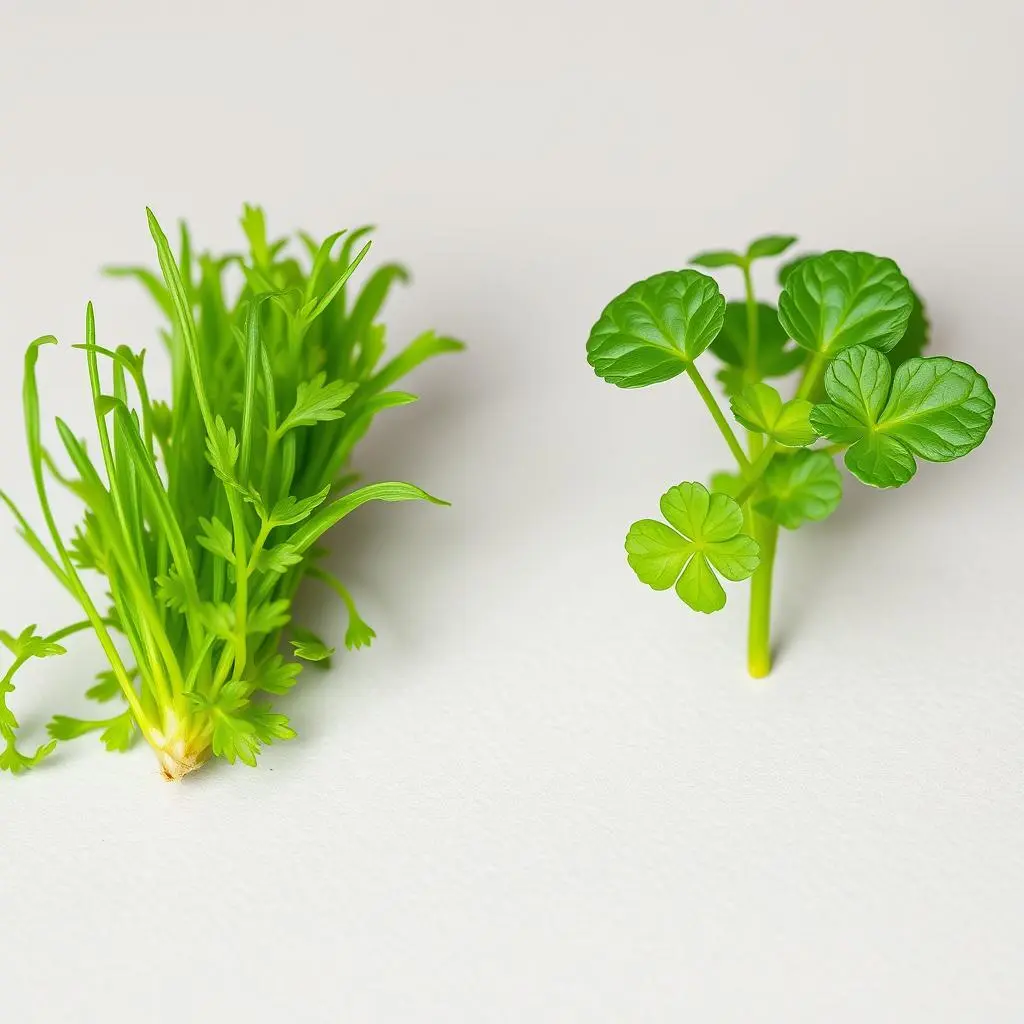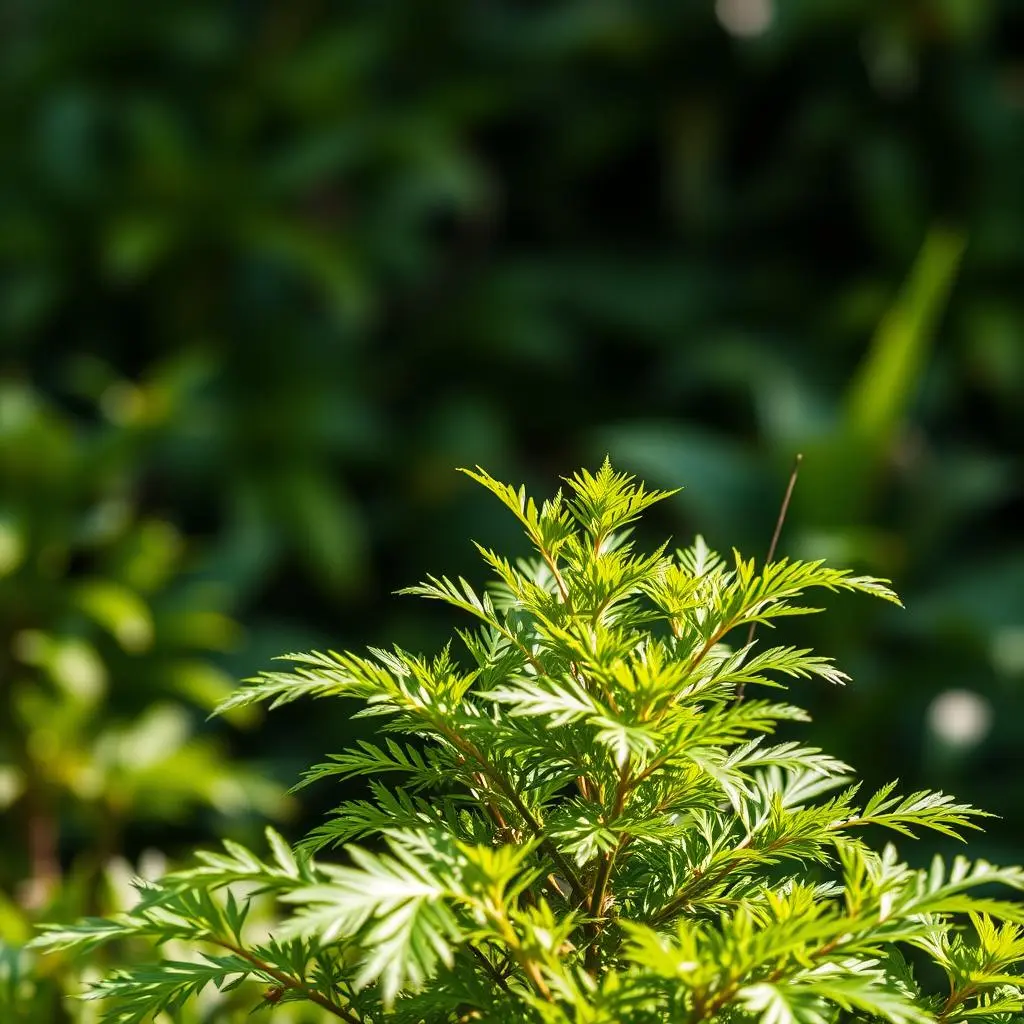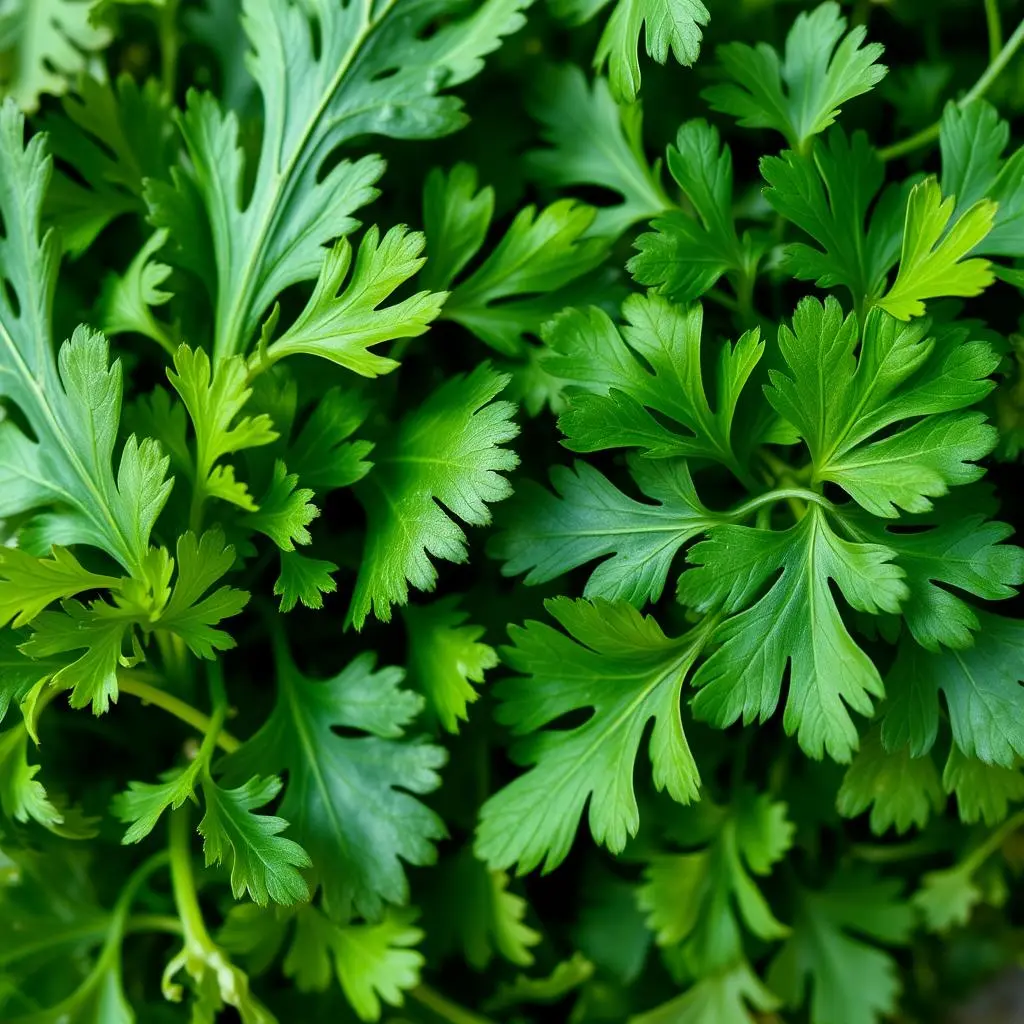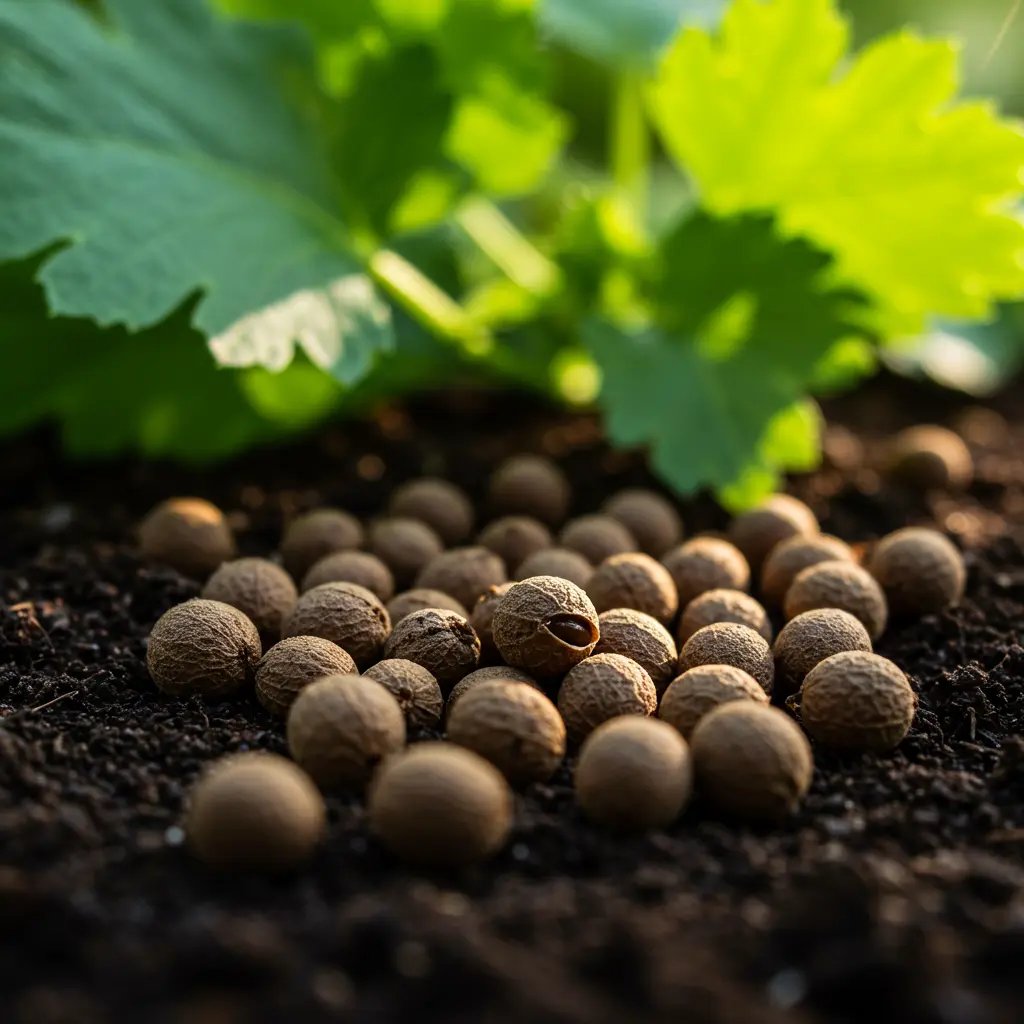Growing Culantro Seeds at home allows you to have a continuous supply of this versatile herb, also known as Recao, in your kitchen.
By understanding the basics of culantro, you can unlock its full potential in various culinary and medicinal applications.
As you start growing Culantro, you’ll appreciate the ease of having fresh Recao on hand to enhance your cooking and herbal remedies.
Key Takeaways
- Grow Culantro Seeds at home for a continuous supply of Recao.
- Understand the basics of culantro to unlock its full potential.
- Having fresh Recao on hand enhances cooking and herbal remedies.
- Culantro is a versatile herb used in various culinary applications.
- Growing Culantro Seeds is a straightforward process.
What Is Culantro? Understanding This Tropical Herb
In many Latin American and Asian cultures, Culantro is a fundamental ingredient in various traditional dishes. This tropical herb is known for its distinctive flavor and aroma, which are often used to enhance the taste of various culinary creations.
Origins and Cultural Significance
Culantro, also known as Recao or Sawtooth Coriander, has its roots in tropical regions. It has been a staple herb in many cultures for centuries, playing a significant role in traditional cooking and medicine. The cultural significance of Culantro can be seen in its widespread use in various cuisines, from Latin American to Southeast Asian cooking.
Culinary and Medicinal Uses
Culantro is valued for its culinary and medicinal properties. In cooking, it’s used to add flavor to dishes like soups, stews, and sauces. Medicinally, Culantro is believed to have various health benefits, including anti-inflammatory properties and digestive aid.
“Culantro is a versatile herb that not only adds depth to dishes but also provides several health benefits, making it a valuable addition to any kitchen.”
Different Names: Recao, Sawtooth Coriander, and More
Culantro is known by several names across different cultures. Some of the common names include Recao, Sawtooth Coriander, and Mexican Coriander. Understanding these different names can help you navigate various recipes and culinary traditions.
| Common Name | Region/Culture |
| Culantro | Latin America, Southeast Asia |
| Recao | Puerto Rico, Latin America |
| Sawtooth Coriander | Southeast Asia, United States |
Culantro vs. Cilantro: Key Differences and Similarities

Understanding the nuances between culantro and cilantro can elevate your cooking and gardening experiences, especially in regions like Ann Arbor where both can be grown.
Culantro and cilantro are often confused due to their similar names and appearances, but they have distinct differences in terms of flavor, growing conditions, and usage in recipes.
Flavor Profile Comparison
The flavor profile of culantro is more robust and pungent compared to cilantro, which has a lighter, fresher taste. Culantro’s leaves have a stronger, more pronounced flavor that is often used in soups, stews, and marinades.
“Culantro’s flavor is often described as a stronger version of cilantro, but with its own unique characteristics that make it a staple in many Latin American dishes.”
| Herb | Flavor Profile | Common Uses |
| Culantro | Robust, Pungent | Soups, Stews, Marinades |
| Cilantro | Light, Fresh | Salads, Salsas, Garnishes |
Growing Requirements: Why Culantro Loves Heat
Culantro thrives in hotter climates compared to cilantro. It requires well-drained soil and full sun to partial shade. This makes culantro an ideal choice for gardeners in warmer regions or those who can provide the necessary heat indoors.
Substitution Tips for Recipes
While culantro and cilantro can be substituted for each other in some recipes, it’s essential to consider their different flavor profiles. Use culantro when you want a stronger, more intense flavor, and cilantro for a fresher, lighter taste.
For gardeners and cooks in Ann Arbor and similar climates, understanding these differences can help in making informed decisions about which herb to grow and how to use it in cooking.
Choosing and Preparing Culantro Seeds for Success
Growing culantro starts with the seeds, and understanding how to choose and prepare them is essential. To ensure a healthy start for your culantro plants, it’s crucial to select the right variety and prepare the seeds properly.
Varieties of Culantro Available in the US
Several varieties of culantro are available in the US, each with its unique characteristics. Some popular ones include ‘Elongatum’ and ‘Culantro Coyote’. When choosing a variety, consider factors like leaf size, growth habit, and resistance to bolting.
Where to Purchase Reliable Seeds
Reliable seeds can be purchased from reputable suppliers. Look for seed companies that specialize in herbs or tropical plants. Some well-known options include Baker Creek Heirloom Seeds and Seed Savers Exchange. Ensure the seeds are fresh and suitable for your region.
| Supplier | Seed Variety | Price Range |
| Baker Creek Heirloom Seeds | Elongatum, Culantro Coyote | $2-$5 |
| Seed Savers Exchange | Culantro Standard | $3-$6 |
Seed Viability and Storage Tips
Seed viability is crucial for successful germination. Store seeds in a cool, dry place to maintain viability. It’s also recommended to check the seeds’ germination rate before sowing.
Pre-Sowing Treatments for Better Germination
To enhance germination, some pre-sowing treatments can be applied. Soaking the seeds in water for 24 hours before sowing can improve germination rates. Additionally, using a scarification technique can help.
Step-by-Step Guide to Planting Culantro Seeds

With your Culantro seeds at hand, the next step is to plant them correctly to ensure a bountiful harvest. Planting Culantro is a process that involves preparing the right soil, sowing the seeds at the correct depth, and choosing between indoor and outdoor starting methods.
Optimal Soil Preparation
The first step in planting Culantro seeds is preparing the soil. Culantro prefers well-draining soil rich in organic matter. To achieve this, mix in compost or well-rotted manure to improve soil fertility and drainage. Soil pH should be between 6.0 and 7.0 for optimal growth.
Sowing Techniques for Best Germination
Sow Culantro seeds about 1/4 inch deep and 1-2 inches apart in rows that are 12-18 inches apart. Water gently but thoroughly after sowing. Keep the soil consistently moist during the germination period.
Indoor vs. Outdoor Starting Methods
You can start Culantro seeds both indoors and outdoors. Indoor starting gives you more control over the conditions, while outdoor sowing is more straightforward. If you’re comparing Culantro vs Cilantro, you’ll find that both can be started indoors, but Culantro prefers warmer temperatures.
Germination Timeline and Expectations
Culantro seeds typically germinate within 1-3 weeks. Keep the soil moist and warm (around 75°F to 85°F) to encourage germination. Be patient, as germination rates can vary based on seed quality and conditions.
By following these steps, you’ll be on your way to successfully growing Culantro at home. Whether you’re a seasoned gardener or a beginner, the process is relatively straightforward and rewarding.
Caring for Growing Culantro Plants
Caring for your culantro plants involves several key factors that directly impact their growth and flavor. As your plants develop, you’ll need to focus on providing the right conditions to ensure a healthy and productive harvest.
Watering Requirements and Humidity Control
Culantro plants prefer moist soil but are susceptible to root rot if the soil is too wet. Water your plants when the top inch of soil feels dry to the touch. Maintaining a humidity level of 50-60% around your plants can also help mimic their natural tropical environment.
Fertilization Schedule
To promote healthy growth, fertilize your culantro plants regularly. Use a balanced fertilizer (10-10-10 NPK) once a month. You can also supplement with a high-phosphorus fertilizer to encourage leaf production.
Common Pests and Diseases
Keep an eye out for pests like aphids, whiteflies, and spider mites. Regularly inspect your plants and use organic pest control methods when necessary. Culantro is also susceptible to diseases like leaf spot and root rot, which can be managed with proper watering and sanitation practices.
Temperature Management for Optimal Growth
Culantro thrives in warm temperatures between 65°F and 85°F (18°C to 30°C). Avoid exposing your plants to temperatures below 55°F (13°C) as this can cause stress and impact growth. In colder climates, consider growing culantro in containers that can be moved indoors during winter.
By following these care guidelines, you can enjoy a bountiful harvest of fresh culantro leaves. Proper care will not only enhance the flavor and aroma of your culantro but also ensure the continued health of your plants.
Growing Culantro in Different US Regions

Culantro, a heat-loving herb, can thrive in various US regions with the right care. Its adaptability makes it a popular choice for gardeners across the country. Understanding the specific needs of Culantro in different climates is crucial for a successful harvest.
Tropical and Subtropical Zones: Natural Habitat
In tropical and subtropical regions, Culantro finds its natural habitat. These areas provide the warm temperatures and high humidity that Culantro needs to thrive. In places like Hawaii or southern Florida, you can grow Culantro outdoors year-round, enjoying its leaves continuously.
Key conditions for tropical and subtropical zones:
- Warm temperatures above 60°F (15°C)
- High humidity
- Well-draining soil
Temperate Regions: Container and Indoor Growing
In temperate regions, Culantro can be grown in containers, allowing you to move it indoors during colder months. This flexibility is key to extending the growing season. When growing indoors, ensure your Culantro gets sufficient light, ideally from a south-facing window or under grow lights.
Northern Areas Like Ann Arbor: Special Considerations
Growing Culantro in northern areas like Ann Arbor requires extra care. The cold climate means you’ll likely need to grow Culantro in pots that can be brought indoors during winter. Start seeds indoors 6-8 weeks before the last frost date, and then transfer them outside when it’s warm enough.
Extending the Growing Season with Protection
To extend the growing season, use protective measures such as cold frames or row covers. These tools can protect your Culantro from frost, allowing you to enjoy its leaves well into the fall. In areas with mild winters, you might be able to grow Culantro year-round with proper protection.
| Region | Growing Tips | Seasonal Considerations |
| Tropical/Subtropical | Outdoor growing year-round | Continuous harvest |
| Temperate | Container growing, indoor/outdoor | Move indoors during winter |
| Northern | Indoor starting, outdoor when warm | Protect from frost |
Conclusion: Enjoying Your Homegrown Tropical Herb
As you successfully grow culantro at home, you can now relish the flavor and aroma of this versatile tropical herb. With a steady supply of fresh recao, you can elevate your culinary creations and appreciate its medicinal benefits. Your homegrown culantro can be used in a variety of dishes, from soups to salads, and as a flavor enhancer in many Latin American and Asian recipes.
By following the guidelines outlined in this article, you’ve taken the first step in enjoying the numerous benefits of culantro. You can now experiment with new recipes, explore the herb’s medicinal properties, and share your harvest with friends and family. With your newfound knowledge, you can confidently grow and use culantro in your kitchen, adding a fresh and unique flavor to your cooking.

